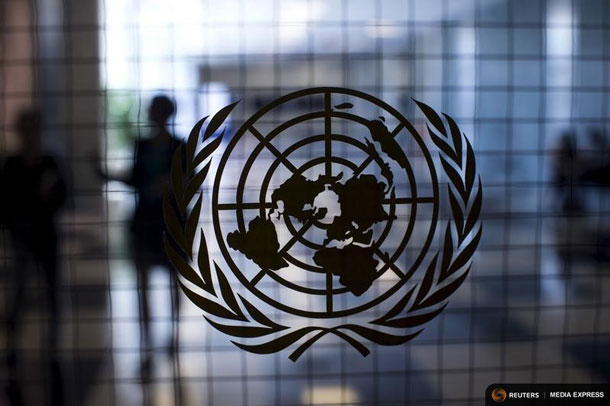

By Dr. Tim Ball and Tom Harris
OTTAWA – OPINION – Between July 31 and September 24, climate experts from around the world are providing comments on the United Nations Intergovernmental Panel on Climate Change (IPCC) Special Report on 1.5°C Global Warming (SR15). We can expect SR15 to be highly biased and simply ignore findings that do not conform with the climate alarm.
This is because, contrary to its original purpose of studying all climate change, the IPCC role is now:
“to assess …the scientific, technical and socio-economic information relevant to understanding the scientific basis of risk of human-induced [italics added] climate change…”
The problem is, you cannot determine the human effect unless you know the extent and cause of natural climate change. And, of course, if human-induced climate change was found to be trivial, there would be no reason for the IPCC to exist. The IPCC therefore always supports the climate scare, no matter what the science reveals.
The IPCC’s narrow mandate is one of the results of the definition of climate change given by the 1992 UN Framework Convention on Climate Change (UNFCCC). The Convention asserts:
“Climate Change means a change of climate which is attributed directly or indirectly to human activity that alters the composition of the global atmosphere and which is in addition to natural climate variability observed over considerable time periods.”
Since the IPCC is required to support the Framework Convention, the IPCC had to adopt the UNFCCC’s political definition of climate change. This results in policy-makers, not scientists, leading the process. Massachusetts Institute of Technology meteorology professor Richard Lindzen was not exaggerating when he said that the supposed scientific consensus was reached before the research had even begun.
That this was bound to happen was clear from the start. The 1990 IPCC First Assessment Report stated:
“it is not possible at this time to attribute all, or even a large part, of the observed global-mean warming to the enhanced greenhouse effect on the basis of the observational data currently available.”
Yet, two years later, the UNFCCC’s primary objective was established:
“to achieve … stabilization of greenhouse gas [GHG] concentrations in the atmosphere at a level that would prevent dangerous anthropogenic [human-caused] interference with the climate system.”
The fact that, in 1992 (and even today), we had no idea what GHG concentrations would lead to “dangerous anthropogenic interference with the climate system” was immaterial. The die was cast. The world-wide climate alarm had begun.
At least some in the IPCC must recognize that the UNFCCC’s skewed definition of climate change makes no sense. A footnote to the 2007 IPCC Assessment Report’s Summary for Policymakers asserts:
“Climate change in IPCC usage refers to any change in climate over time, whether due to natural variability or as a result of human activity. This usage differs from that in the UNFCCC, where climate change refers to a change of climate that is attributed directly or indirectly to human activity.”
This is not true, of course. Following the UNFCCC’s lead, the IPCC reports effectively exclude most natural variables and mechanisms. This is politically necessary so as to support the predetermined conclusion that human sources of carbon dioxide (CO2) are causing dangerous climate change. This, despite the fact that CO2, from natural and human sources combined, is only 4% of greenhouse gases in the atmosphere.
Voltaire once said, “If you wish to converse with me, define your terms.“ Like the politicians and bureaucrats who created the terms of reference for the IPCC and the UNFCCC, Voltaire understood how definitions direct and limit debates and ultimately control outcomes. Its time governments woke up to this scandal and the IPCC and the UNFCCC terminated.
_________________________________
Dr. Tim Ball is an environmental consultant and former climatology professor at the University of Winnipeg in Manitoba. Tom Harris is executive director of the Ottawa, Canada-based International Climate Science Coalition.






